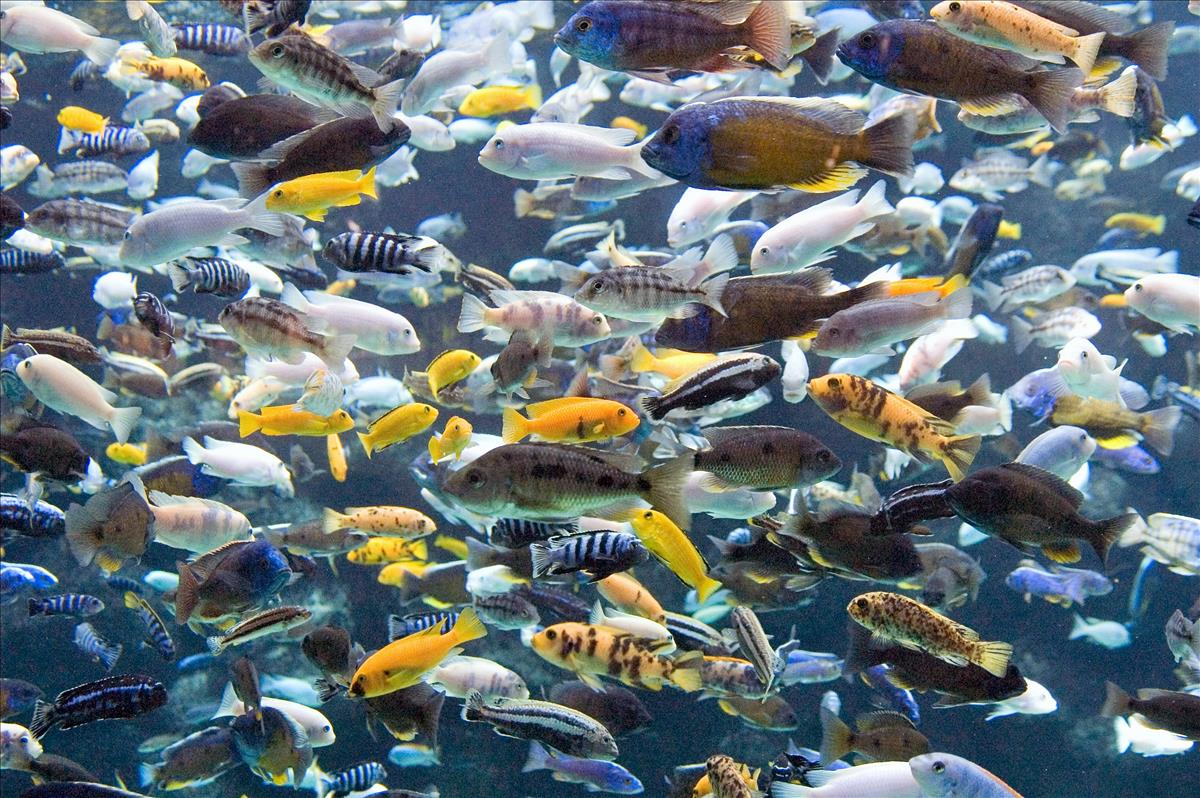Alerts
Please be advised that our bird aviaries are open!
Your Toronto Zoo is committed to the health and safety of the animals in our care. We take proactive steps to protect our birds from Avian Influenza which has been confirmed in a wild bird in southern Ontario, and some birds may still be off display.
Please note Splash Island is still closed and will not open until July due to unforeseen delays in construction. Please watch for updates on https://www.torontozoo.com/tz/splash or on our social media pages. Thank you!
Please note the following animals are currently not on display due to various reasons including Avian Bird Flu, and Covid-19 sensitivity:
- Flamingo, peacock, owl, bald eagle, and aviaries
- Some Kids Zoo Animals
- Cougar
- Moose
- Kangaroo walk through (kangaroos are still visible)
- Axolotl
We apologize for the inconvenience!


Fish
Location at the Zoo:
African Rainforest
Region: Africa
Lake Malawi cichlids
Conservation Status: IUCN

Distribution:
Lake MalawiDiet:
Most of the fishes are rock-dwelling species that are adapted to scraping algae off the rocks. Their African name is mbuna cichlids.Reproduction:
The male attracts females to his territory. Breeding takes place there. The male is brightly coloured and aggressive to other males. The male will court the female back to the nest that he has built where she will lay her eggs (up to 700) while the male pours milt (sperm) over them. The female collects and incubates the eggs and larvae in her mouth where they are well protected. The females rarely eat during the incubation and have little movement. The fry (baby fish) are usually about 9 – 11mm in length when hatched.Adaptation:
Lake Malawi cichlids have a remarkable degree of specialization. They do not compete for food as each species has very specific diet needs: fish eaters, algae scrapers, insectivores, predators, etc. The species are very specific in habitat choice: some live only among the rocks , others in open water ,others along sandy beaches. They have evolved behaviours and tooth structures to live this way. Each species is different and exploits its environment in its own way.Threats to Survival:
Overfishing by the local fishermen of Lake Malawi due to the high population growth rates.Water pollution from agricultural runoff which results in the destruction of the fishes’ habitat.
Soil erosion due to deforestation.